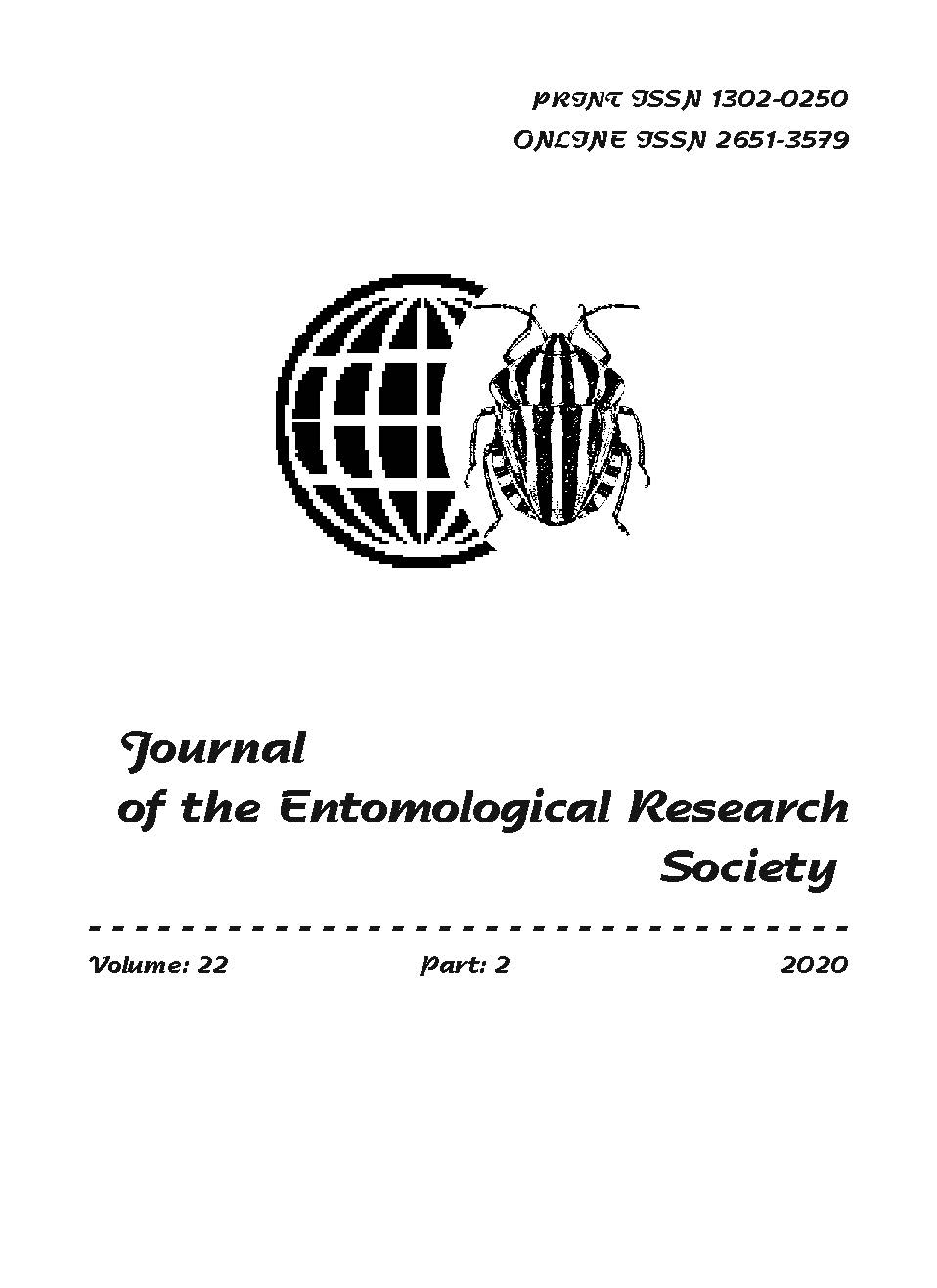Ethology of Prolepsis tristis (Walker, 1851) (Diptera: Asilidae) in Northeastern Florida, U.S.A.
Abstract
Prolepsis tristis (Walker, 1851) foraged from vegetation, capturing prey in flight and immobilizing them in flight or at the feeding site. Seven of the 10 prey were instances of cannibalism with females preying on other females and one male. Mating occurs in the tail to tail position. Female oviposition is in the soil. Feeding and mating peaks are from 10:00-11:00 AM, with two smaller peaks in the afternoon from 1:00-3:00 PM and 3:00-4:00 PM, respectively. Grooming behavior did not occur often and was brief, but resembles that of other species of Asilidae. Morphology, habitat, flight patterns, resting behavior, and predators and parasites also are discussed.
Downloads
Published
22.07.2020
Issue
Section
Journal of the Entomological Research Society
How to Cite
Ethology of Prolepsis tristis (Walker, 1851) (Diptera: Asilidae) in Northeastern Florida, U.S.A. (2020). Journal of the Entomological Research Society, 22(2), 137-152. https://www.entomol.org/journal/index.php/JERS/article/view/1789


